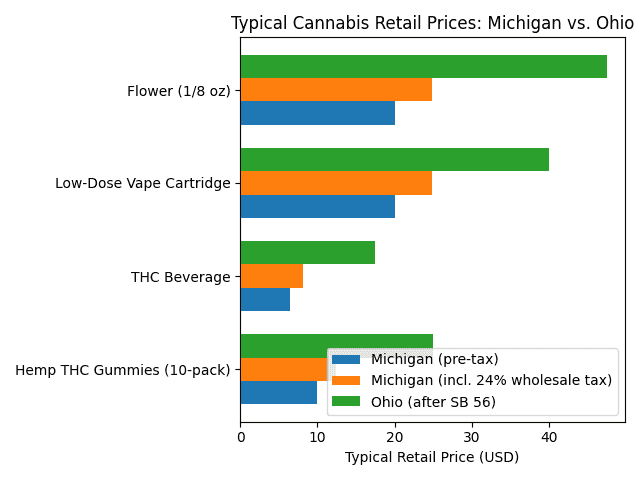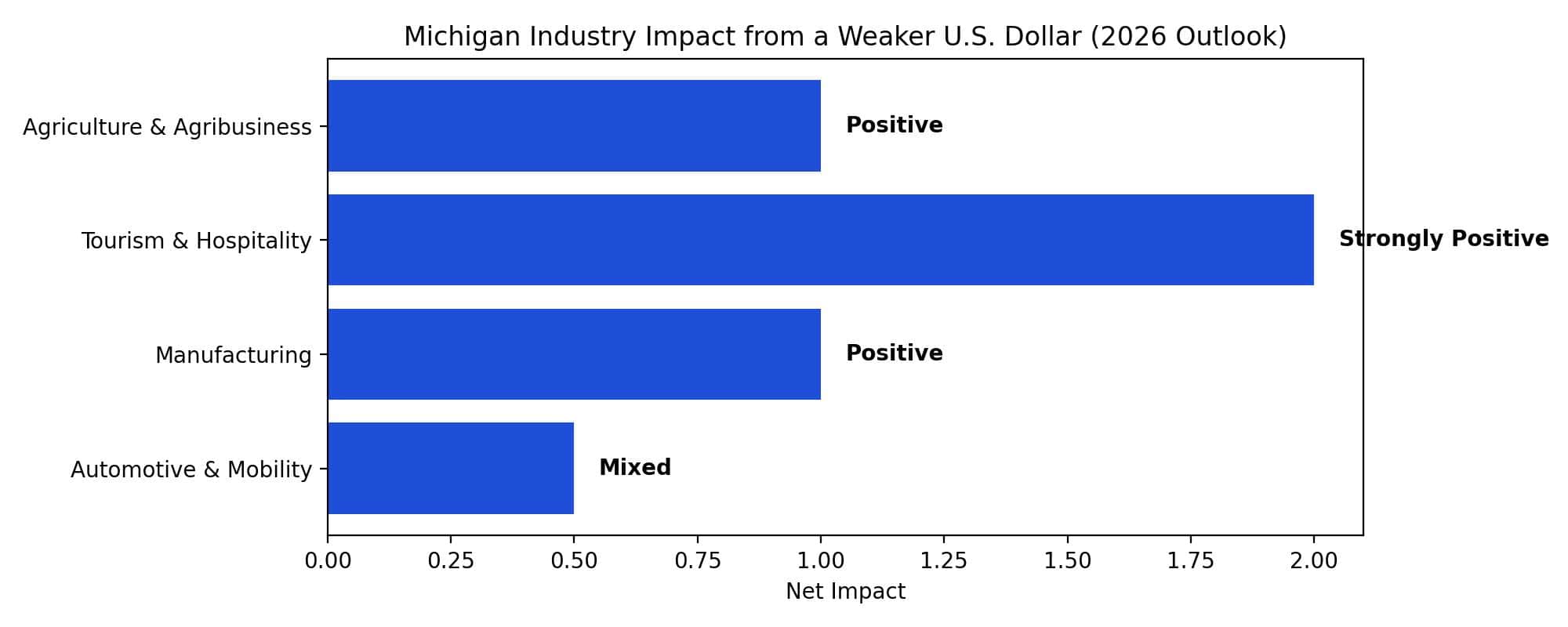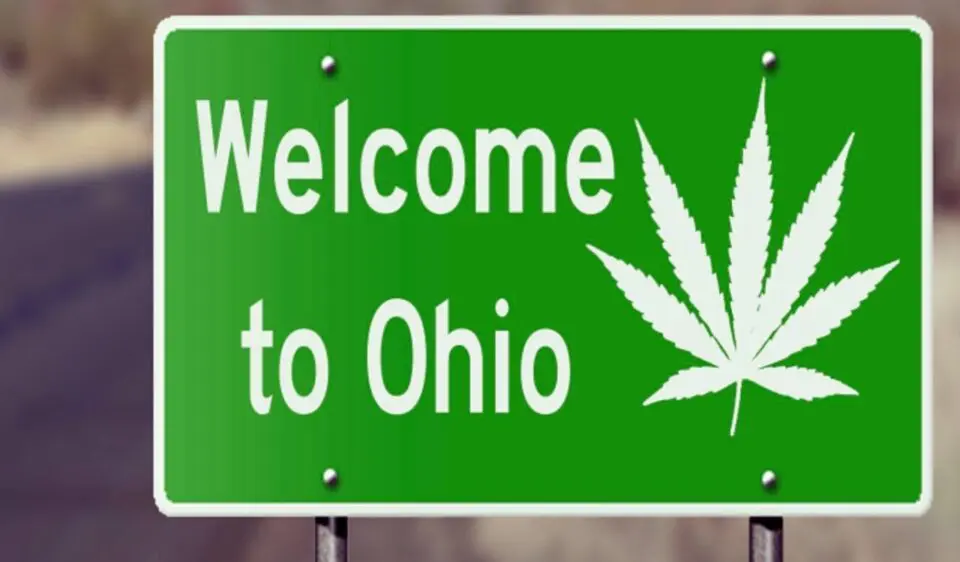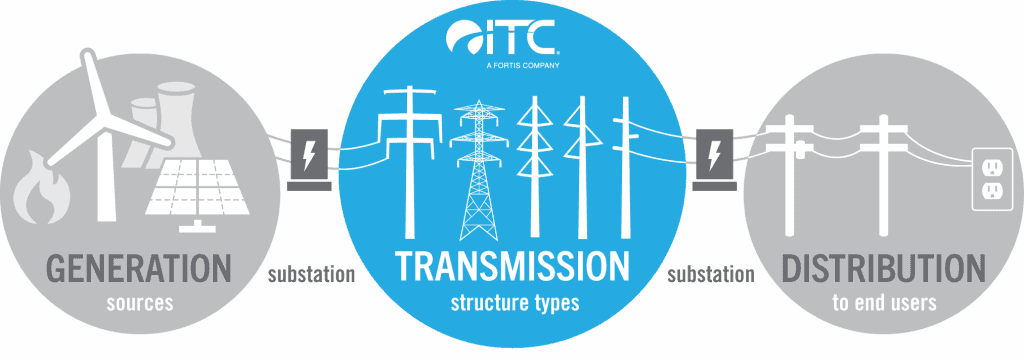Michigan is on the edge of a tech revolution and very exciting changes with the adoption of Internet of Things (IoT) technologies. By integrating IoT into urban infrastructure, the state is slowly but surely moving closer to realizing smart cities. These advancements will not only improve residents’ quality of life but also enhance things like public services and, on the plus side of everything- boost economic growth.

The Evolution of Smart Cities
Smart cities use IoT to create a web of interconnected gadgets that talk to each other, gathering and sharing data to make city life smoother. Think of it like: streetlights that adjust based on traffic flow or buildings that tweak energy use based on real-time needs. To make it clear, think of IoT as being like a city’s nervous system, constantly analyzing data and making decisions on the fly to keep everything running efficiently.
Enhancing Public Services
One of the main goals here is the enhancement of public services like smart traffic lights that can help in reducing congestion and improving commute times ensuring there is a decent flow. Similarly, smart waste management systems that use sensors to monitor trash levels and optimize collection routes according to the data gathered- this will ensure that not only municipalities save money but they can better plan and detect areas that need more waste removal.
Energy Efficiency and Sustainability
This is another area where Iot performs really well. Smart grids and meters allow for more efficient energy distribution and consumption tracking that will indirectly help us move towards less waste and a greener future. This not only reduces energy waste but also promotes the use of renewable energy sources that is becoming a hot trend. Buildings equipped with IoT-enabled HVAC systems can for instance significantly lower energy bills and reduce carbon footprints at the same time.
IoT and Public Safety
When you think of using smart surveillance systems equipped with AI you can detect unusual activities and alert authorities in real-time, ensuring faster response times and a safer city for residents. Plus a great bonus is that IoT-based emergency response systems can provide first responders with critical information before they arrive at the scene, potentially saving lives and minimizing human error in communications.
The Role of Commercial Printing Services
While IoT drives the digital aspect of smart cities, there’s still a need for tangible, physical components such as commercial printing services. From producing smart labels and RFID tags that track assets and inventory to printing high-quality maps and informational signage, these services are indispensable and can co-exist with these technologies.
For instance, in smart waste management, RFID tags are attached to waste bins, enabling real-time tracking and efficient collection. Similarly, in smart buildings you can make use of printed QR codes that can provide quick access to information about building layouts, emergency exits, and maintenance schedules.
The Future of Smart Cities in Michigan
As Michigan keeps rolling out IoT and smart city tech, blending digital and physical services will be very important. It will not only help with efficiency and economic savings, but it will also aid in a better flow of traffic to better communications between cities and municipalities. The future is exciting, and the future is very bright for those allowing it.






